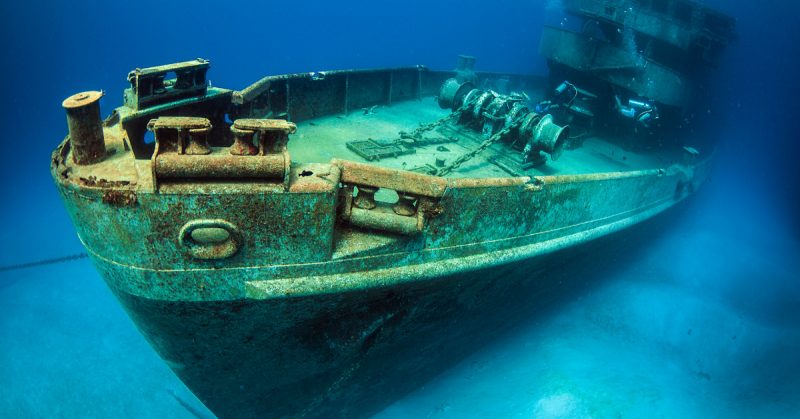Shortly after, the SS Lusitania hit what is presumed to be the same mine. The Anglia sank in under 15 minutes.
Mines and self-propelled torpedoes made sea travel during the First World War incredibly risky. Though maritime disasters such as the sinking of the RMS Lusitania are well-known, when considering the sheer volume and casualties of maritime warfare, it is less commonplace to consider the smaller skirmishes.
Indeed, there are over a thousand wartime wrecks along England’s south coast alone. The “Forgotten Wrecks of the First World War,” a Heritage Lottery Funded project devised and delivered by the Maritime Archaeology Trust (MAT), was carried out over four years coinciding with the centennial of the First World War (2014-2018) in an effort to enrich knowledge of these wartime wrecks.
According to MAT’s website, in the 100 years since the First World War many wrecks have deteriorated. Consequently, much needed research had to be conducted before the wrecks were forever lost to the ocean and time. The archaeologists and volunteers associated with the project reportedly spent 257 hours underwater to photograph and investigate the wreck sites.
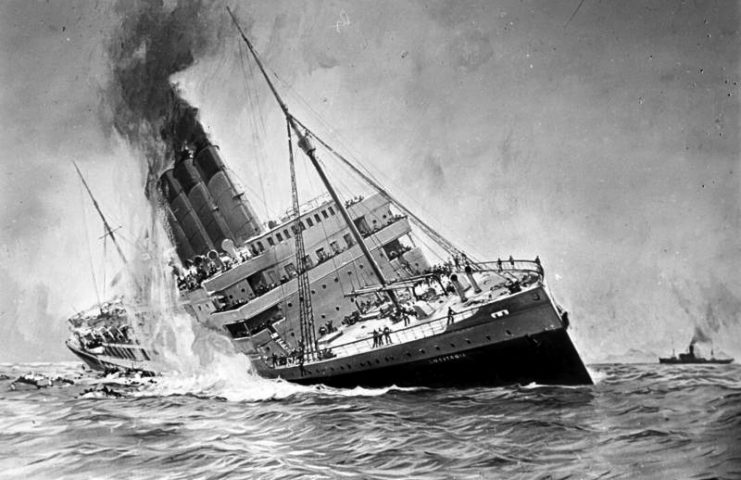
The results of this extensive project have been made publicly available through an online interactive map. The map charts more than 1,100 wrecks and provides reports and photographs of them as well as artifacts that have been found, dive videos, and 3D maps.
The tool is incredibly easy to use and provides a fascinating combination of lesser-known history and insights into the technological wonders that have been used to capture this history.
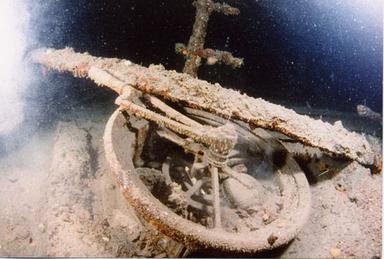
Here are a collection of some of the stories from the “Forgotten Wrecks of the First World War” project:
HMHS Anglia
Sunk on November 17, 1915, the Anglia wreck is located 1 mile east of Folkestone Gate. The Anglia was a hospital ship traveling from Boulogne in France to Dover, carrying an unknown number of wounded soldiers. Its port-side struck a mine laid by the German U-boat, UC 5.
Accounts from soldiers and nurses tell of the challenge to quickly evacuate and rescue passengers from the rapidly sinking ship. One soldier recalled putting on a life-belt and helping other wounded soldiers, some with missing legs and arms, while watching those able to swim make their way to the collier, SS Lusitania (not to be confused with RMS Lusitania) that had arrived to rescue passengers.
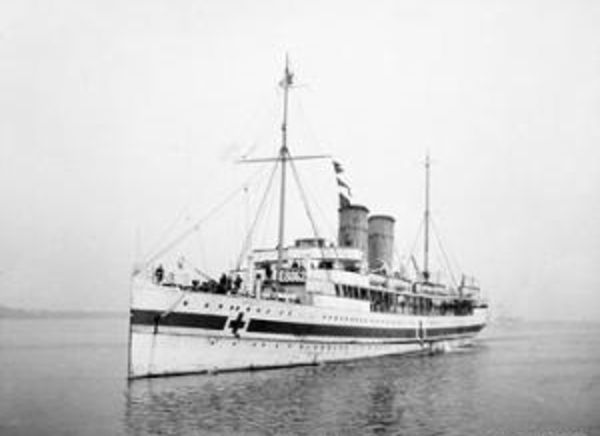
Shortly after, the SS Lusitania hit what is presumed to be the same mine. The Anglia sank in under 15 minutes.
Surviving soldiers told of the heroism of the nursing staff who fearlessly brought wounded soldiers from the lower wards that were taking on water. One soldier said that “The Nurses worked magnificently, but you have no idea of the difficulty of their task. Imagine, there was no place on deck where the wounded could be safely put except just beside the rail.”
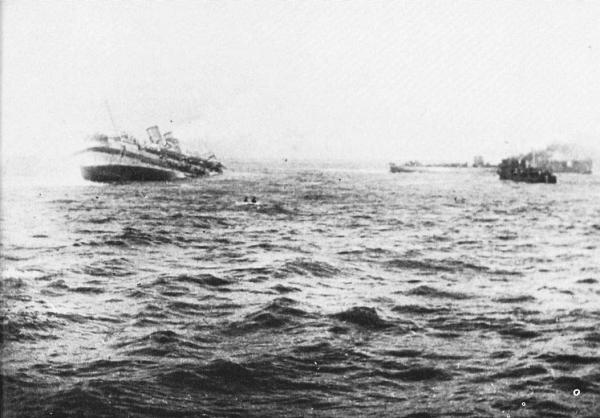
Many of the nurses were the last to leave the ship.
YouTube video of the Anglia wreck dive.
SS Maloja
Sunk February 27, 1916, the Maloja wreck is located 2.5 miles south-west of Dover. The passenger ship was carrying general cargo and 122 passengers, including civilian women and children, along with a crew of 301 British officers and “lascar” (Indian or southeast Asian) seaman.
The Maloja’s starboard quarter struck a mine laid by the German U-boat, UC 6.
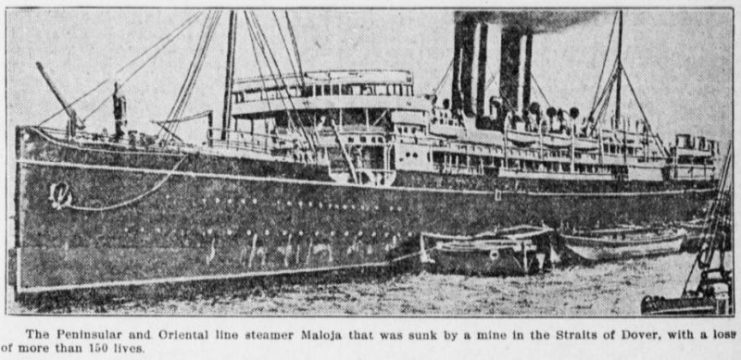
The ship was sinking, but the flooding meant that the engine couldn’t be stopped which made lowering the lifeboats and rescuing passengers difficult. The Master ordered everyone to do their best to save themselves and many then jumped into the water.
Smaller vessels from Dover reportedly arrived to rescue the passengers, but they could not get close since the sinking ship was still moving. Similarly, the Canadian collier Empress attempted to rescue the passengers, only to hit a mine and sink soon after.
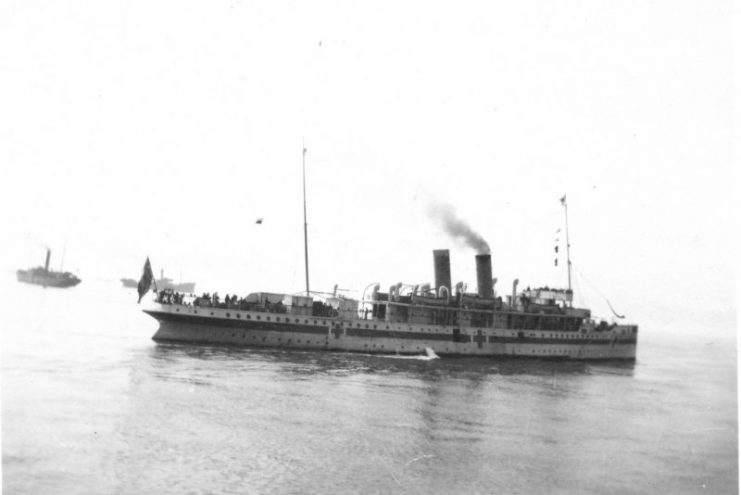
The Maloja sunk approximately 24 minutes after hitting the mine. There were 155 fatalities, many of them dying of hypothermia. All 62 crew members killed. The vast majority of those below deck in the stokeholds were lascar seamen and there is a war memorial at St. Mary’s Cemetery in Dover in their honor.
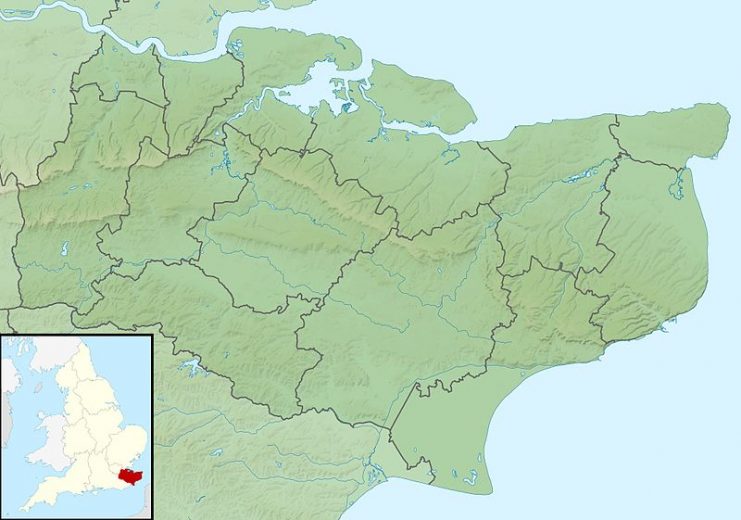
According to MAT researchers, the Maloja wreck is breaking apart on the seabed.
RMS Medina and UB-31
The Medina, a Royal Mail Ship routed between London and Australia, sunk on April 28, 1917. The wreck is located 3 miles east of Start Point, Devon.
The Medina was apparently hit on the starboard side to the rear of the engine room by a torpedo launched by the German U-boat, UB-31. The Medina had already sent most passengers ashore in Plymouth. Six crew members located in the engine room were killed. Among them, five were part of the Indian Merchant Service and are commemorated by a memorial in Mumbai.
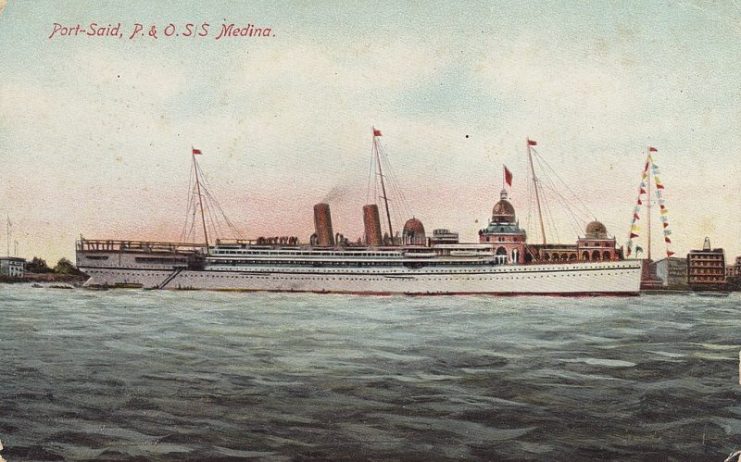
Incidentally, UB-31 is also part of the “Forgotten Wrecks of the First World War” project. The U-boat sunk in 1918 after hitting a mine off the coast of Dover. All 26 crew members were killed.
YouTube video of the Medina wreck dive.
The Maritime Archaeology Trust’s “Forgotten Wrecks of the First World War” is a true treasure trove and a must-see for First World War history buffs. The project highlights the extreme measures taken by the German Navy as well as the Allies’ steadfast nature.
